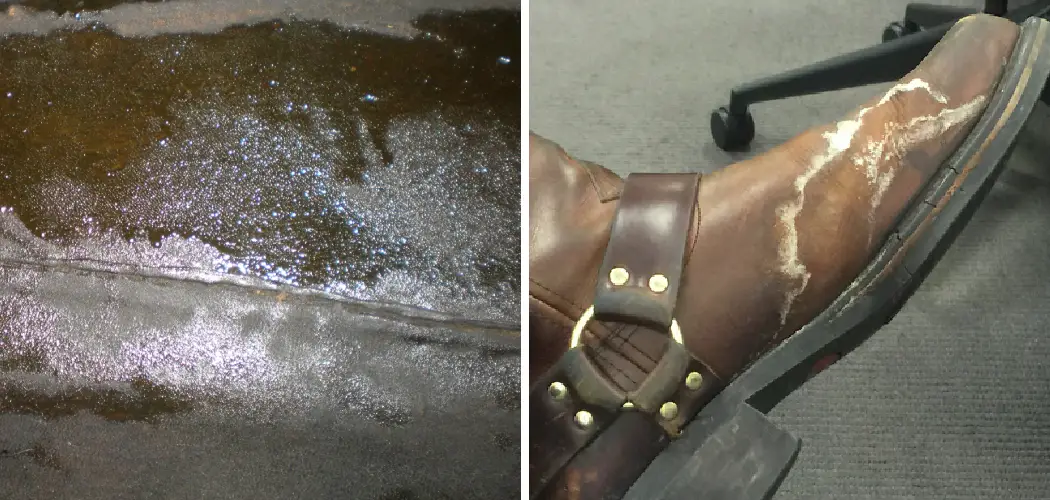Leather is a luxury item that most of us love to own. Nowadays, leather is not only used for jackets, handbags, and shoes but also on furniture, car seats, and more. Leather is a durable and attractive material, but it requires proper care and maintenance.

One of the most common issues that many people face is fatty spews on leather, which can be unsightly and challenging to remove. In this blog, we will discuss the causes of fatty spews on leather, how to get rid of fatty spew on leather, and the best ways to remove them effectively.
What Causes Fatty Spews?
Fatty spews on leather are caused by body oils, sweat, and hair products that seep into the leather and make it look greasy and discolored. These oils and sweat can come from both human skin and animal fur, which can transfer onto leather furniture, car seats, and jackets.
Additionally, if you have leather furniture or car seats, the heat and humidity can cause the oils and sweat to seep into the leather, resulting in fatty spews.
Can You Get Rid of Fatty Spew on Leather?
If you’re an owner of a leather jacket or bag, chances are you’ve encountered the dreaded fatty spew. This white, greasy substance can appear out of nowhere and seem impossible to remove without damaging the leather. But fear not; there are options for getting rid of fatty spew and restoring the look of your leather.
One method is to use rubbing alcohol or vinegar on a cloth and gently rub the affected area. Another option is to use a leather cleaner specifically designed for removing fatty spew.
Whichever method you choose, it’s important to take your time and avoid harsh scrubbing or chemicals that could cause further damage. With some patience and care, you can say goodbye to fatty spew and hello to a clean, refreshed leather item.
Why Should You Get Rid of Fatty Spew on Leather?
Leather is a durable and timeless material that can add sophistication to any outfit or room. However, over time, fatty spew can appear on leather items, causing them to lose their luster.
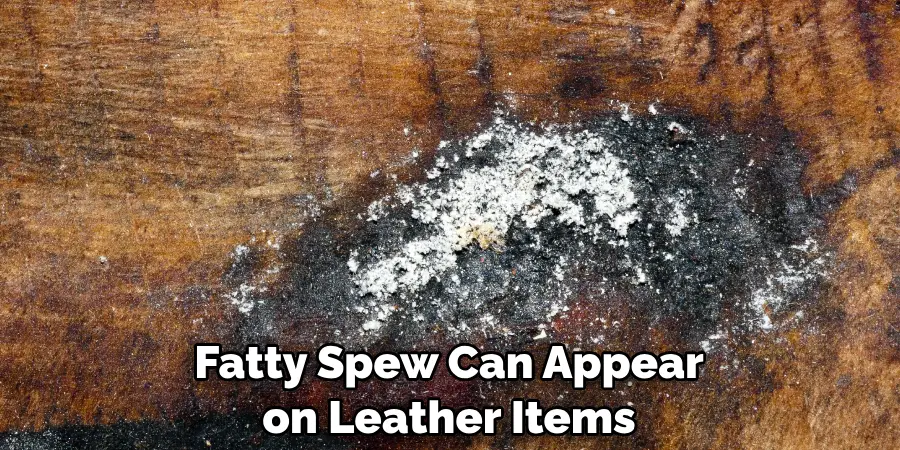
This unsightly buildup is caused by natural body oils, sweat, and dirt accumulating on leather surfaces. If left unchecked, it can lead to permanent damage, discoloration, and an unpleasant odor. The best way to remove fatty spew from leather is to act quickly with a leather cleaner or mild soap and warm water.
By maintaining your leather items regularly, you can extend their life and keep them looking their best. So don’t let fatty spew be the downfall of your favorite leather items. Take action today and restore their beauty.
Leather Love: How to Get Rid of Fatty Spew on Leather – 7 Tips to Follow
1. Clean the Leather Surface
The first step in removing fatty spew from leather is to clean the surface of the leather. Use a damp cloth to wipe away any dust or dirt that may be on the surface of the leather. This will help to ensure that all of the fatty spew is removed.
2. Apply a Leather Cleaner
Once the leather has been cleaned, apply a leather cleaner to the affected area. Make sure to read and follow all instructions on the product label before using it. Allow the cleaner to sit for several minutes before wiping it away with a clean cloth.
3. Apply a Leather Conditioner
After cleaning and drying the leather, apply a quality leather conditioner to help keep it soft and supple. Make sure to read and follow all instructions on the product label before using it. Allow the conditioner to sit for several minutes before wiping it away with a clean cloth.
4. Use an Oil-Based Soap
If you are still having trouble getting rid of fatty spew, try using an oil-based soap such as dish soap or laundry detergent. Apply a small amount of soap to a damp cloth and gently rub it into the affected area in circular motions until all of the fatty spew is removed. Wipe away any excess soap with a damp cloth afterward.
5. Use Vinegar
White vinegar can also be used to remove fatty spew from leather surfaces. Mix equal parts white vinegar and water in a spray bottle and spray onto affected areas of your leather furniture or accessories until saturated but not dripping wet. Rub into affected areas with a soft cloth, then wipe away any excess liquid with another dry cloth afterward.
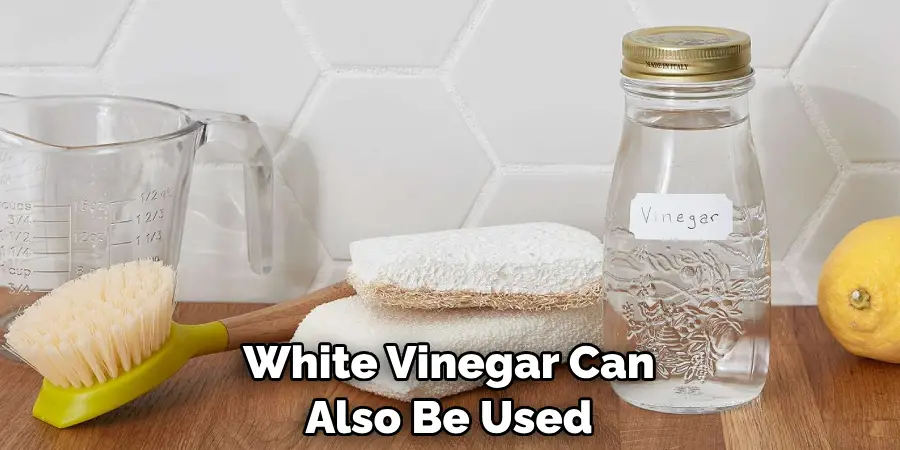
6 . Use Baking Soda
Baking soda can also be used as an effective way to remove oily stains from your leather furniture or accessories without damaging them further in any way.
Mix equal parts baking soda and water in a bowl until you have created a paste-like consistency, then rub this paste into affected areas with your fingers or an old toothbrush until all of the grease has been removed. Wipe off excess paste with another damp cloth afterward.
7. Polish Your Leather Item
Finally, once you have successfully removed all traces of fatty spew from your item, polish it up by applying either olive oil or beeswax in small amounts across its surface. Rub these products into your item using either your fingers or an old rag, then buff out any excess product with another clean rag afterward.
Not only will this make your item look better, but it will also help protect its surface from future damage caused by spills or other accidents.
3 Considerations Things When You Need to Get Rid of Fatty Spew on Leather
1. Prevention is Key!
Prevention is always better than cure, and this applies to leather maintenance as well. To prevent fatty spews from occurring on your leather items, it is essential to keep a regular cleaning and maintenance routine.
Use leather cleaning products that are specially formulated for the type of leather you have. Avoid exposing your leather items to direct sunlight or heat, as this can cause the leather to dry out and crack. Also, avoid getting your leather items wet, and keep them away from damp areas.
2. Removing Fatty Spews on Leather
If your leather item has already been affected by fatty spews, you can remove them by following a few easy steps. The first step is to do a patch test on a small and inconspicuous area before removing the fatty spews. Once you have confirmed that it is safe to proceed, you can begin the cleaning process.
Use a soft cloth to remove any loose dirt or dust from the leather surface. Next, use a leather cleaning product to remove the fatty spews gently. After this, use a dry cloth to remove any excess moisture or cleaning solution from the leather surface.
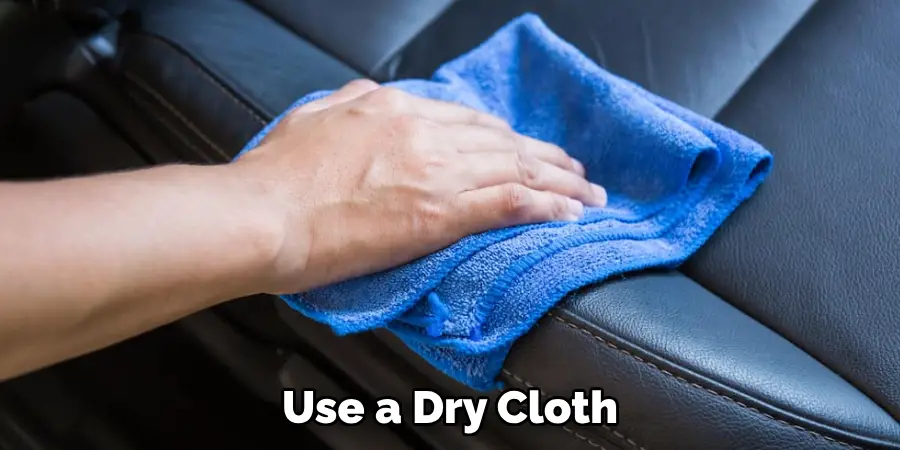
3. When to Seek Professional Help
Sometimes, even with the best care, your leather item may accumulate fatty spews that are challenging to remove. In this case, it is best to seek professional help from a leather cleaning or restoration company. They have the necessary tools and expertise to remove fatty spews without causing any damage to your leather item.
5 Benefits of Get Rid of Fatty Spew on Leather
1. Improved Appearance
Getting rid of fatty spew on leather can improve the overall appearance of the material. A fatty spew is a type of oily residue that builds up on leather over time. Removing this residue will help to restore the leather’s original color and luster, making it look like new again. Additionally, removing fatty spew can help to prevent discoloration and staining from occurring in the future.
2. Increased Durability
Removing fatty spew from leather can also increase its durability and longevity. The oily residue can weaken the leather fibers, making them more prone to cracking or tearing over time. By removing this residue, you can ensure that your leather remains strong and durable for many years to come.
3. Easier Cleaning Process
Fatty spewing on your leather makes it much harder to clean since it attracts dirt and dust particles. Getting rid of this oily residue will make it easier to keep your leather looking clean and fresh, as all you’ll need is a damp cloth for regular maintenance cleaning sessions. This will save you time and effort in the long run, as you won’t have to worry about deep cleaning your leather regularly.
4. Protection Against Damage
Removing fatty spew from your leather will also help protect it against damage from water or other liquids since these substances cannot penetrate through the oily residue easily. This means that any spills that occur on your leather furniture or accessories will be much less likely to cause permanent damage if there is no fatty spew present on them.
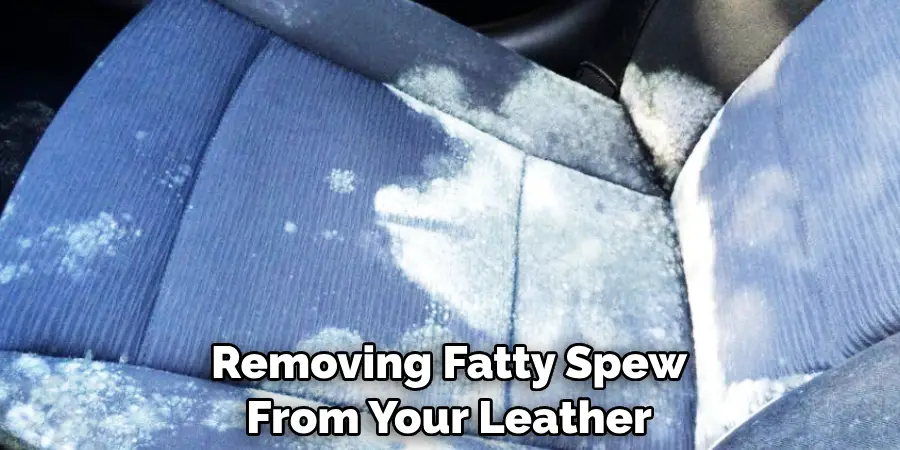
5. Better Smell
Finally, getting rid of fatty spew on leather can help improve its smell as well since this oily substance often has an unpleasant odor associated with it due to bacteria growth within it over time. Removing this residue will eliminate any odors caused by bacteria build-up, leaving behind only a pleasant scent associated with genuine quality leather goods.
Conclusion
Leather items are an investment, and it is crucial to keep them clean and well-maintained to ensure they last for many years. Fatty spews on leather can be unsightly and difficult to remove, but with a regular cleaning routine and the right approach, they can be prevented and removed.
Remember to use only leather cleaning products for best results and avoid exposing your leather items to direct sunlight or heat. If you are still unable to remove fatty spews, it is best to seek professional help. With these tips, you can keep your leather items looking new and beautiful for years to come! Thanks for reading our post about how to get rid of fatty spew on leather.

